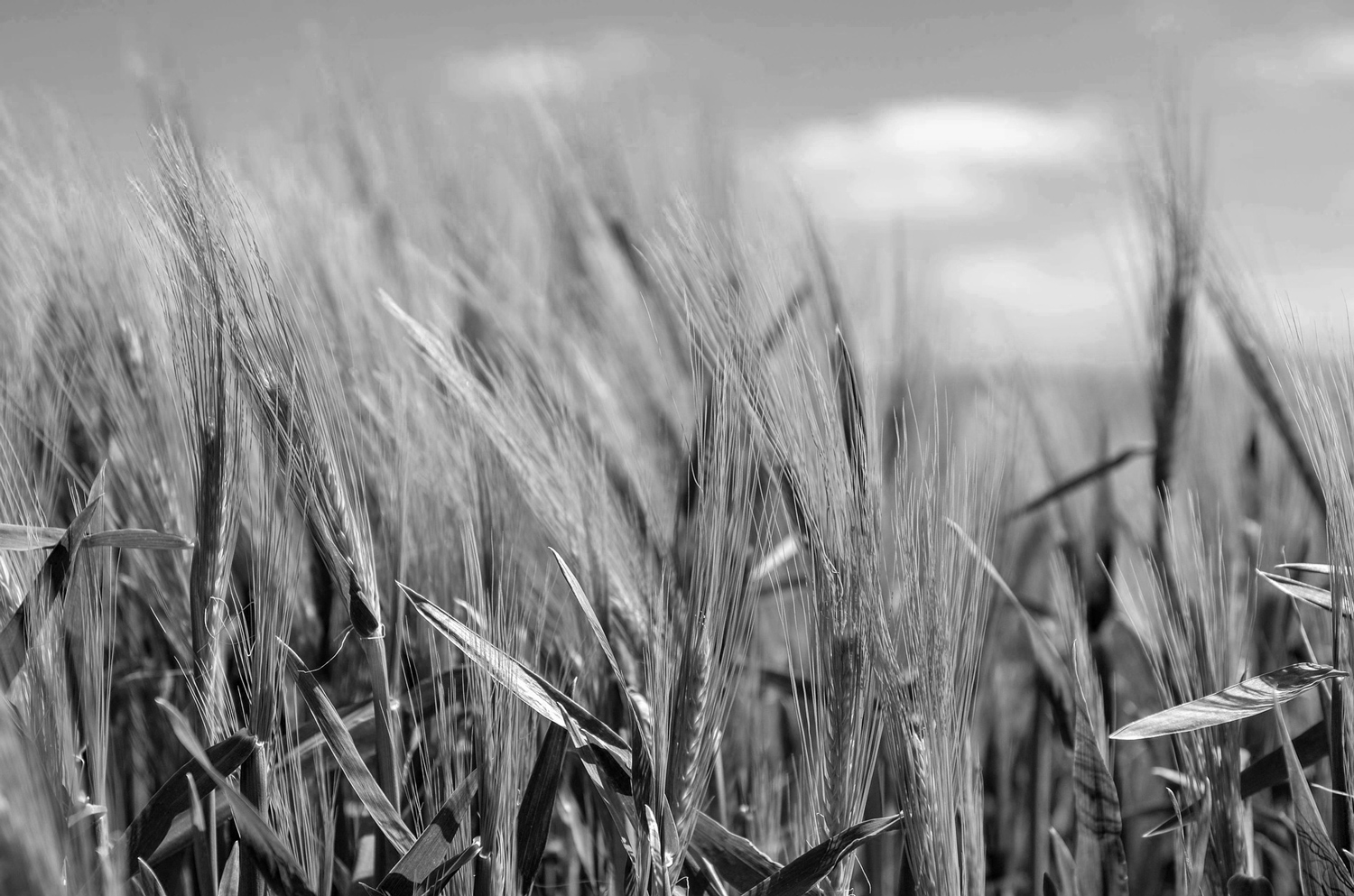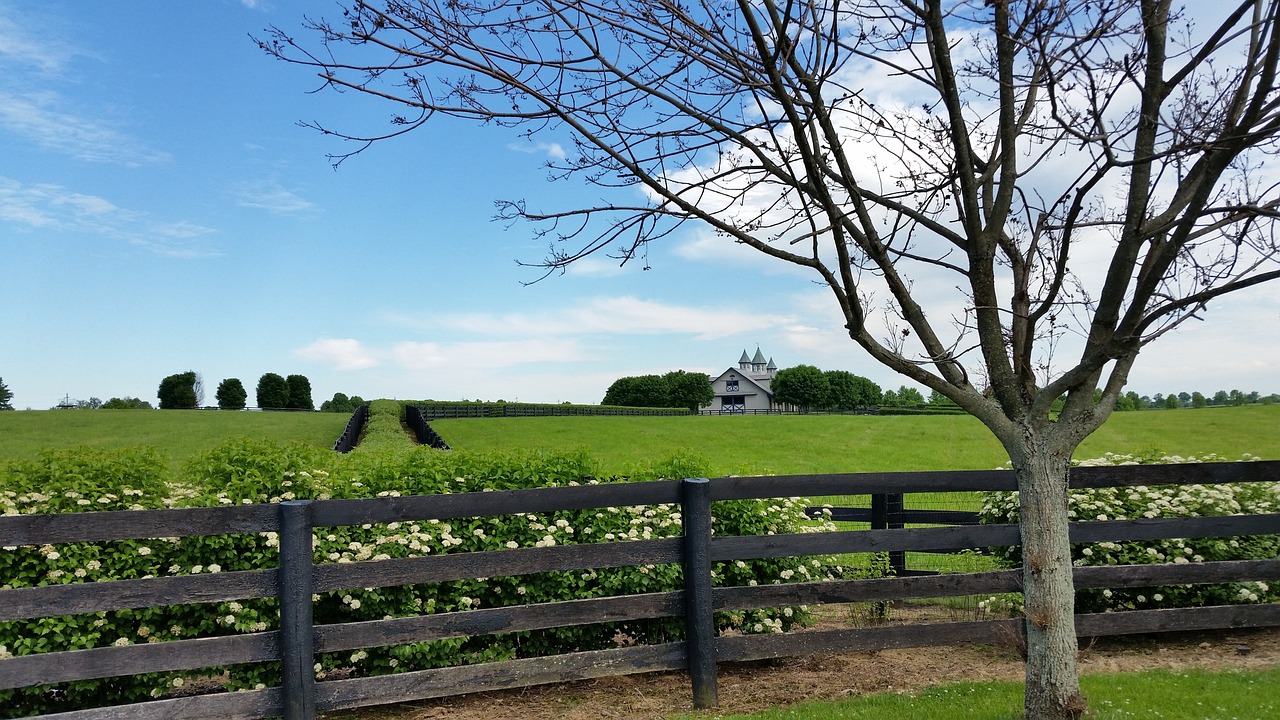By Brenda Duckworth
So, you understand the importance of accrual financial statements where you are showing the true profitability of the business. In doing so, you have reported expenses only when income is earned, regardless of when cash changes hands.
How did you handle “warehousing” the expenses associated with unfinished (unharvested) crops at the end of the accounting period? If you grow wheat, the majority of your expenses occurred in the fall. If you report on a calendar-year basis and did not move the associated expenses off the income statement (to later be “matched” against the income when harvested and sold), you have not achieved accrual financial statements and your profitability was skewed negatively. In the following year, since income will be shown without representative expenses, your net income will be skewed the other way, and you will show higher profitability than what actually happened.
The “warehousing” part is where many people stumble, unsure of what to do with expenses associated with unfinished crops. Simply put, as you are “investing” in a growing crop, it becomes a current asset.Therefore, at the end of the reporting period, use a journal entry to increase a current asset account called Investment in Growing Crops (debit) and to decrease expenses (credit). The credit part, or reduction of expenses, can be tricky, so I encourage you to forego some management information by lumping the credit into one (expense) account called Transfer to / from Investment in Growing Crops, rather than trying to reduce (credit) each associated account (seed, chemical, fertilizer, etc.)
In the following year, you will need to reverse the entry to match the expenses for wheat against the revenue generated upon harvest. To do this, again use a journal entry to increase (debit) expenses (Transfer to / from Investment in Growing Crops) and to decrease the balance sheet account called Investment in Growing Crops.
What about those crops that you have harvested within the accounting period, yet have not sold? If you leave the expenses on the income statement without showing related income (since you have not sold the crop), your profitability would be skewed once again.
Following the same methodology for the unfinished crops, you would move expenses associated with the inventoried grain to the balance sheet to be held in a current asset account called Inventory – Crops. Once again, increase the current asset account (debit) for the total cost for that crop and decrease the expenses by crediting an account titled Transfer to Inventory – Crops. When the crop is sold, reverse the entry to match expenses to income earned. If you only sell a portion of the crop, prorate the expenses accordingly.
The concept seems simple, especially when talking about direct expenses, like seed, chemical, and fertilizer. However, overhead can be a killer, and if it is not absorbed by your profit centers, you might make management decisions based on lower than actual cost of production.
Part 3 of Practical Ideas for Improving Farm Accounting will discuss how to absorb those overhead costs so that you don’t fall into the trap of making costly management decisions based on lower than actual cost of production.
Brenda Duckworth is a Certified Public Accountant with Kennedy & Coe, LLC and has her Bachelor of Science in Agricultural Economics from Texas A&M University. She has specialized in management accounting for agricultural producers for over ten years.


